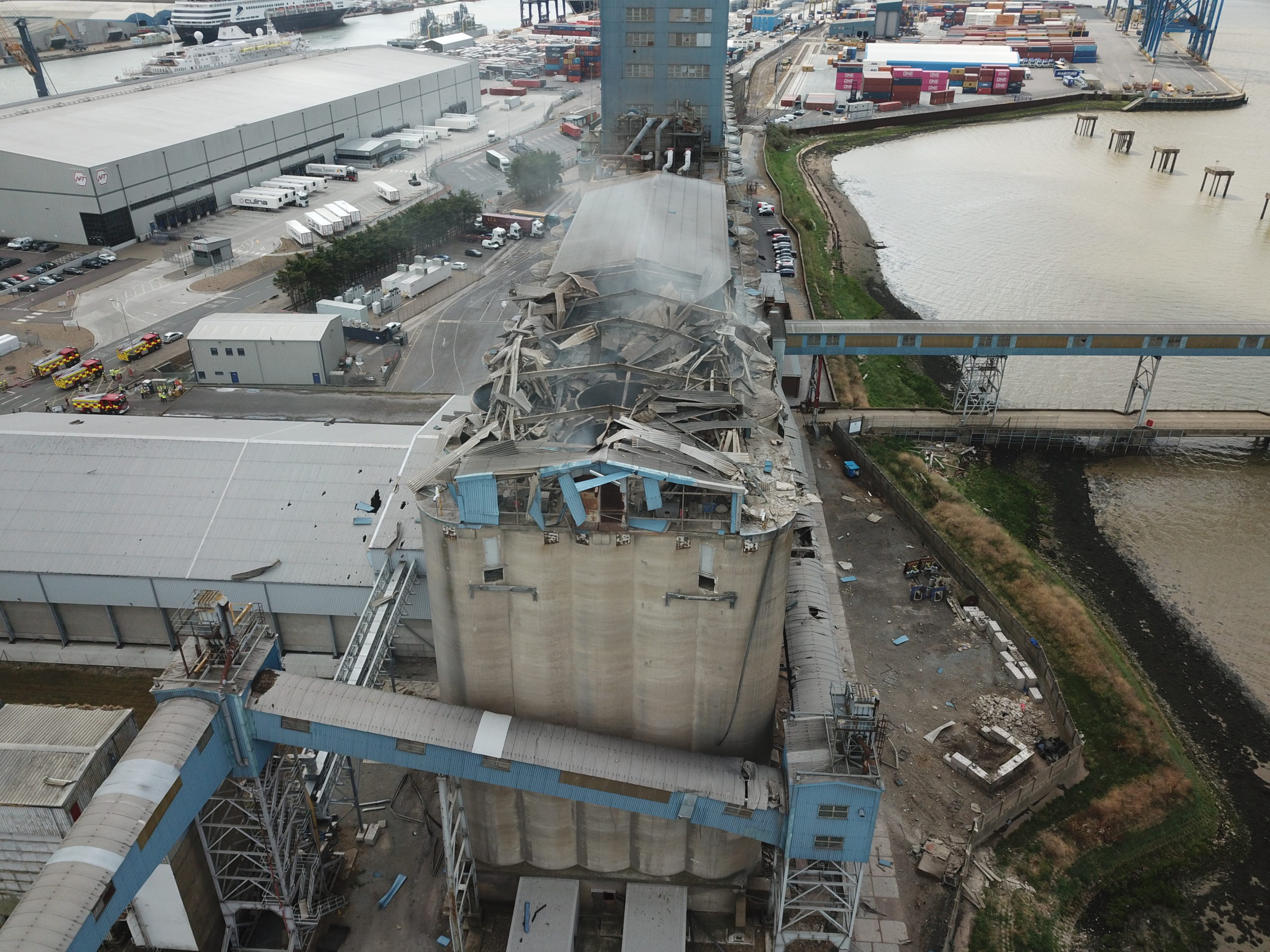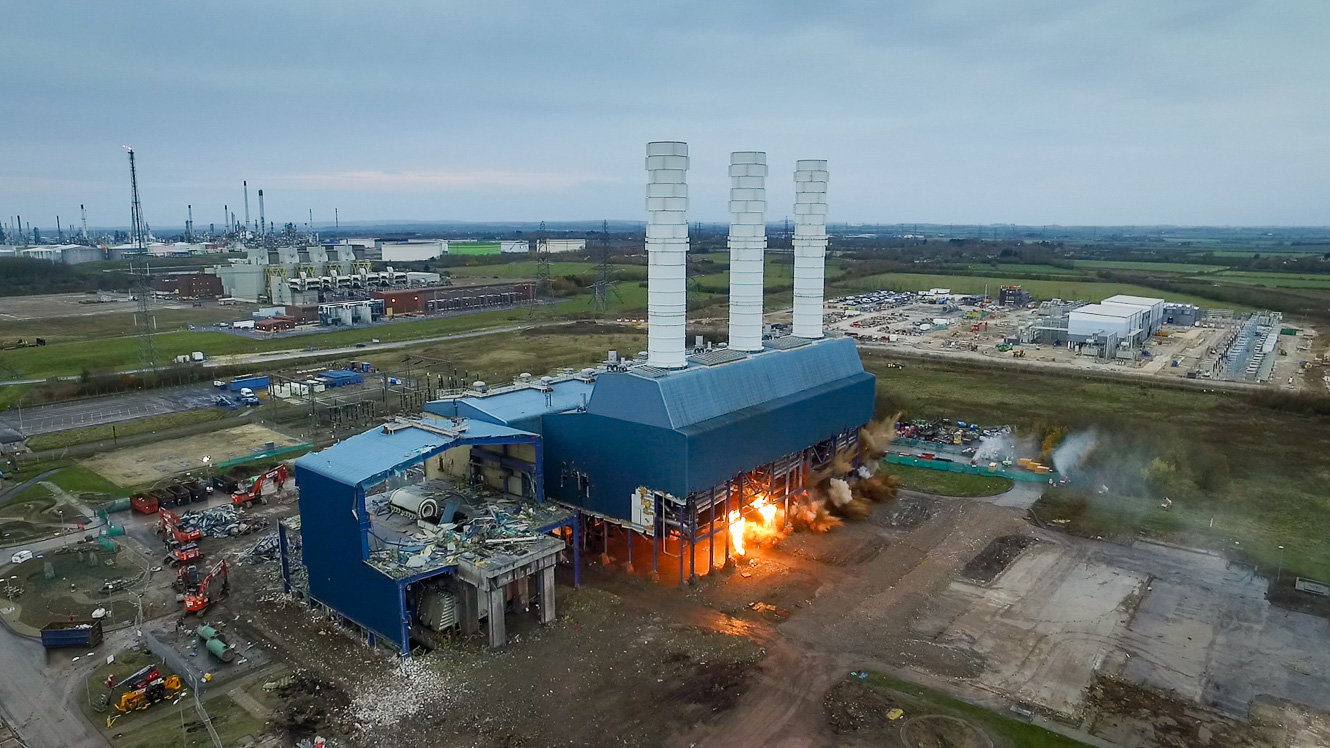It was also at risk of a collapse, given it had spilt in several different areas of the tank and had lost most of its hoop stress strength in three distinct sections.
We then tested these documents and presented them to a delegation of business leaders from Switzerland, France, and Germany, several section engineers and directors from the NNB and the client themselves.
While this process was carried out, our plant department made the necessary arrangements to make the specified plant available and put in place the movement orders to transport the plant from sites in London and Liverpool to the site in Somerset.
Both were equipped with shears, with the 55m arm carrying a 2.50te LaBounty shear and the 34m arm carrying the 5.50te Demarec DRS45 shear. These excavators require a team of four fitters per excavator to assemble and take around two days to build up, test and make ready for work.
We were able to source COVID compliant accommodation for the staff. The works were enabled in a very challenging environment at the height of lockdown. With a supporting crew of topmen, demolition managers and demolition engineers, we mobilised to the site in Somerset, ready to cut metal just three days after the initial site survey.
We worked to a detailed method statement, with a MAVIC PRO2 drone, supplied by our IT support team. This was used to guide and bank the high reach when working on the collapsed roof sections. One excavator was used as a temporary prop to hold and make safe the tank, while the other used the shear to carefully cut and release the damaged tank sections.
The process continued in this way for seven days. The tank was systematically demolished in a planned, controlled and diligent manner removing its height and making the area safe.
With the tank brought down to the final circular section, we safely executed a designed controlled collapse of the remaining section, as per the plan. The tank was safely demolished without impacting any adjacent infrastructure and without incident or injury, a critical key success factor.
With the remaining tank now safely on the floor, we painstakingly numbered every cut section and corresponded this back to its position within the superstructure pre-event and collected all of the failed bolts and cone sections, allowing for a thorough investigation by the Health and Safety Executive (HSE) and insurance investigators.
The client was able to clean up the 4600.00te of GGBS material deposited by the event, and the platform was able to re-commence concrete production.



